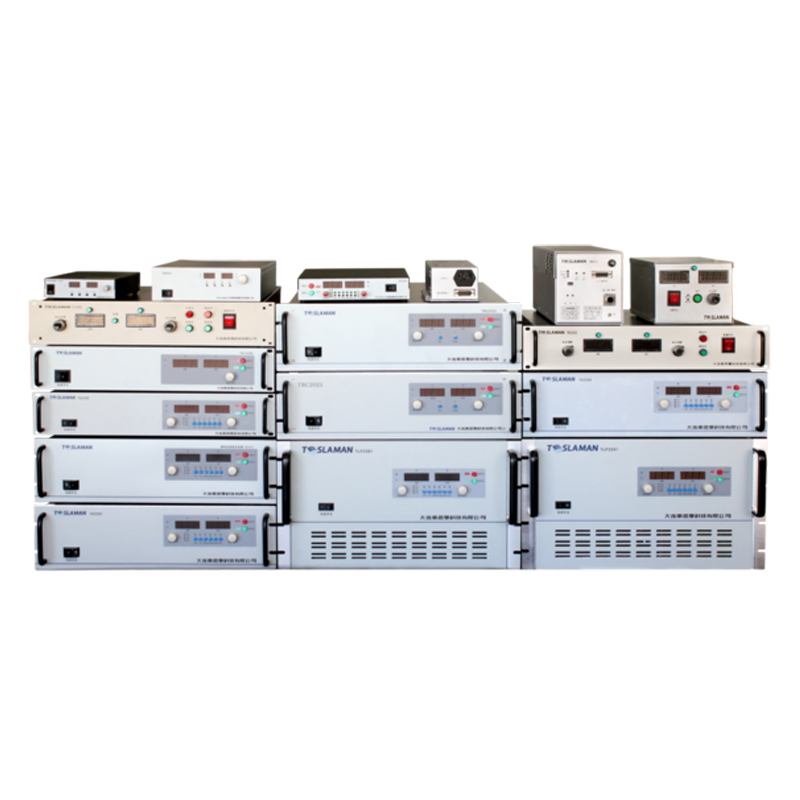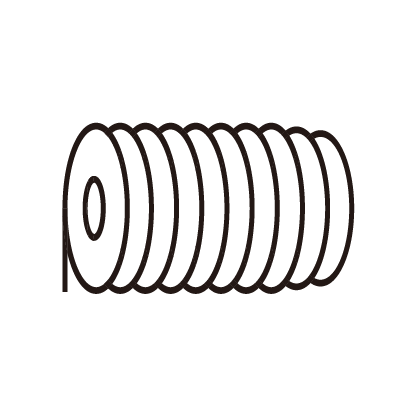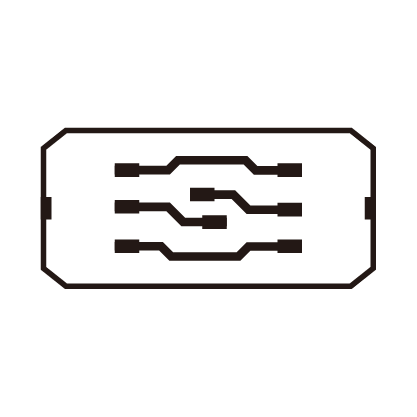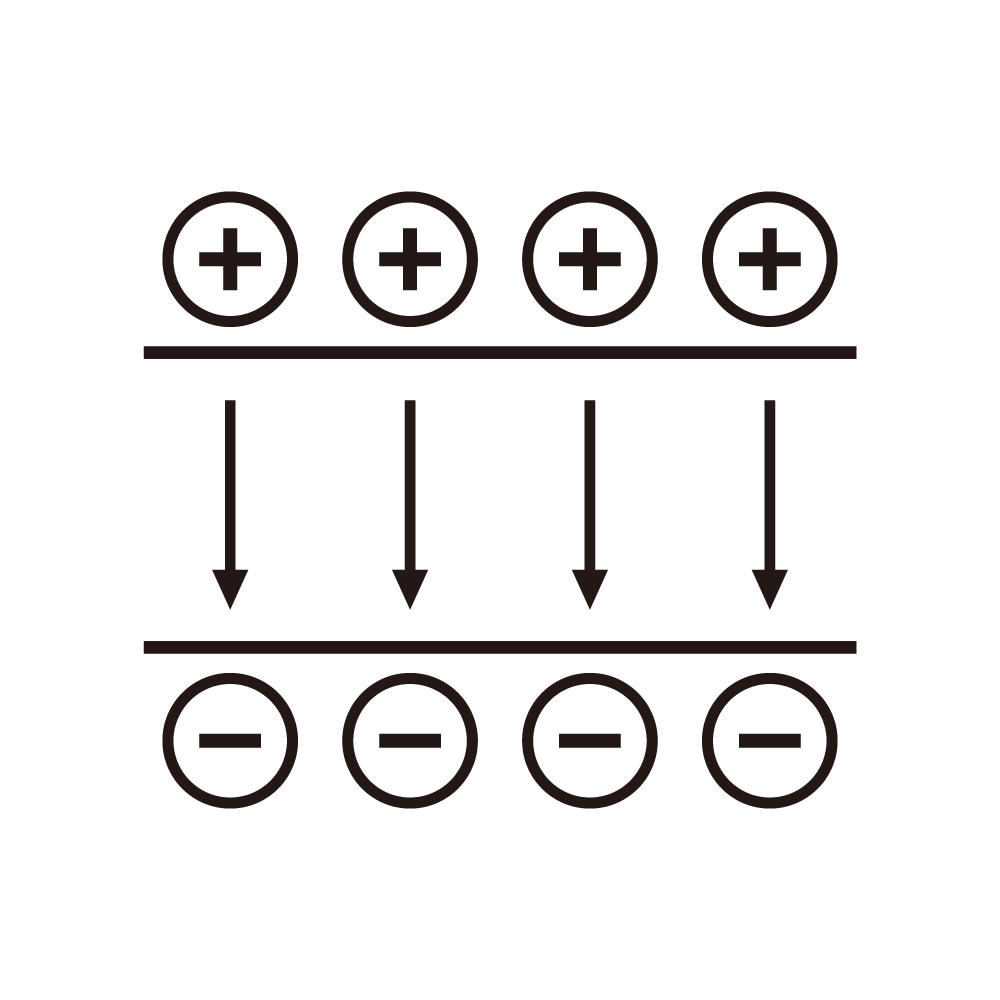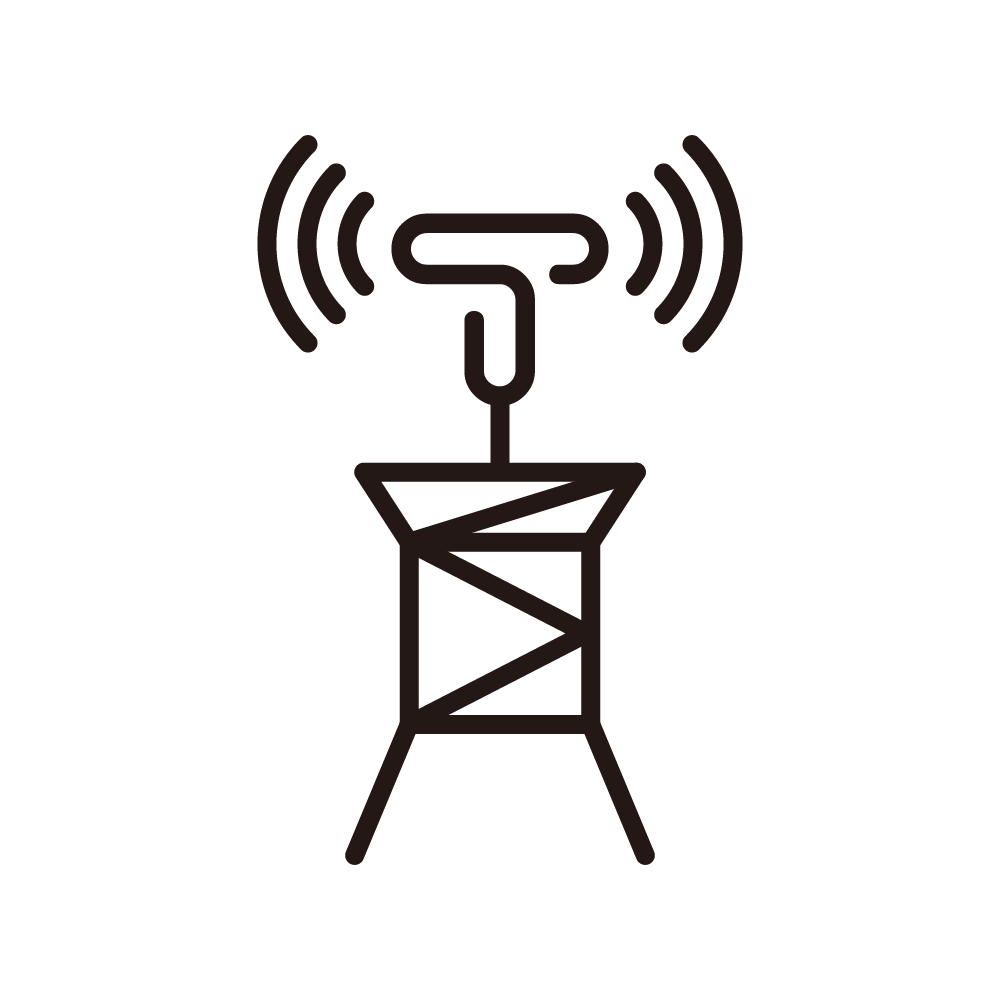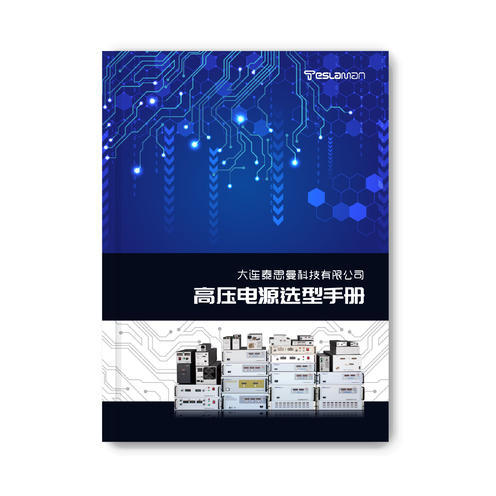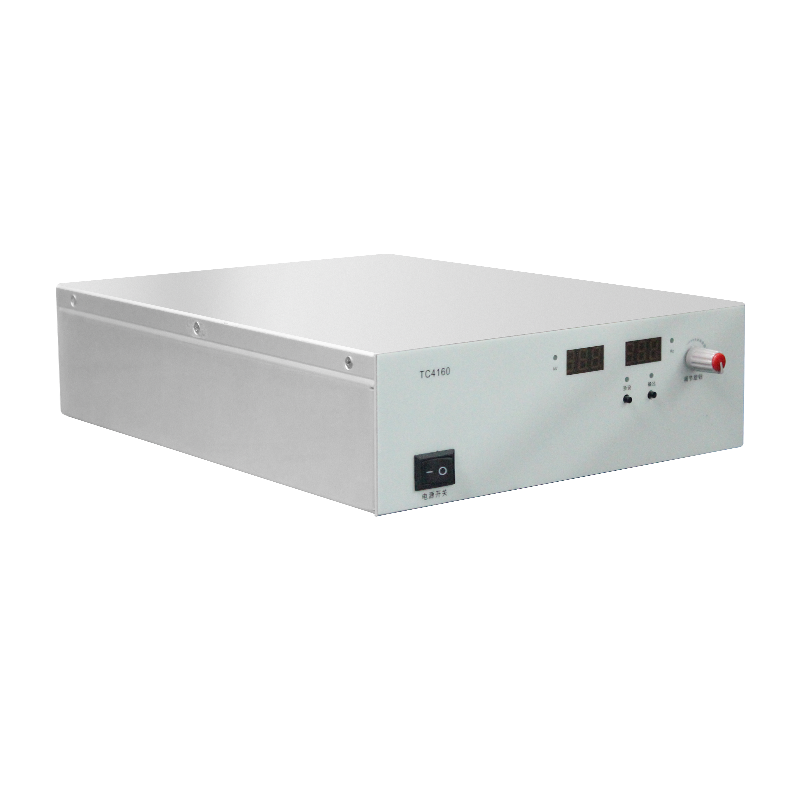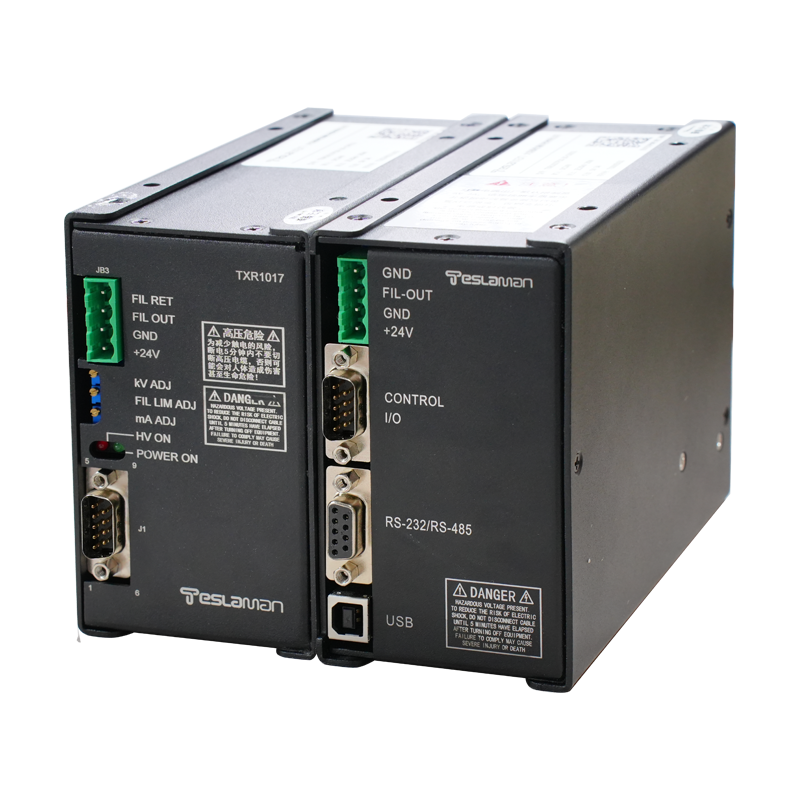Microbial Rapid Detection Function Expansion for Food & Beverage Inspection HV Supplies
Abstract This article explores expanding microbial rapid detection capabilities of HV supplies for food & beverage (F&B) inspection, focusing on pulsed electric field (PEF) and electrochemiluminescence (ECL) integration to shorten detection time.
Introduction F&B safety requires timely microbial detection (e.g., E. coli, Salmonella), but traditional culture methods take 24–48 hours. HV supplies power PEF- and ECL-based detection technologies, but conventional designs lack flexibility for multi-mode microbial analysis.
Technical Challenges Limitations of traditional HV supplies include: 1) Fixed output parameters (voltage/current) unable to adapt to different F&B matrices (e.g., liquid vs. semi-solid); 2) Slow pulse width adjustment (>1ms) failing to optimize PEF-induced microbial cell lysis; 3) Incompatibility with ECL biosensors, limiting detection sensitivity.
Optimization Strategies Function expansion involves three key upgrades:
1.Programmable Output: Design a HV supply with 0–30kV adjustable voltage and 1μs–10ms variable pulse width, controlled via a touchscreen interface, to adapt to milk, juice, and sauce matrices.
1.PEF-ECL Integration: Add a dual-output channel—one for PEF (to lyse microbial cells) and one for ECL (to excite fluorescent biosensors)—with synchronized timing (error <50ns) to detect released microbial DNA.
1.Safety Compliance: Integrate a current-limiting circuit (<1mA) to prevent electrode arcing, meeting FDA food contact safety standards (21 CFR Part 174).
Application Validation Tests on pasteurized milk showed:
Microbial detection time reduced from 24h to 45min for Listeria monocytogenes.
Detection limit reached 1 CFU/mL, exceeding F&B industry safety requirements.
Conclusion The expanded HV supply enables rapid, sensitive microbial detection, supporting real-time F&B quality control.
